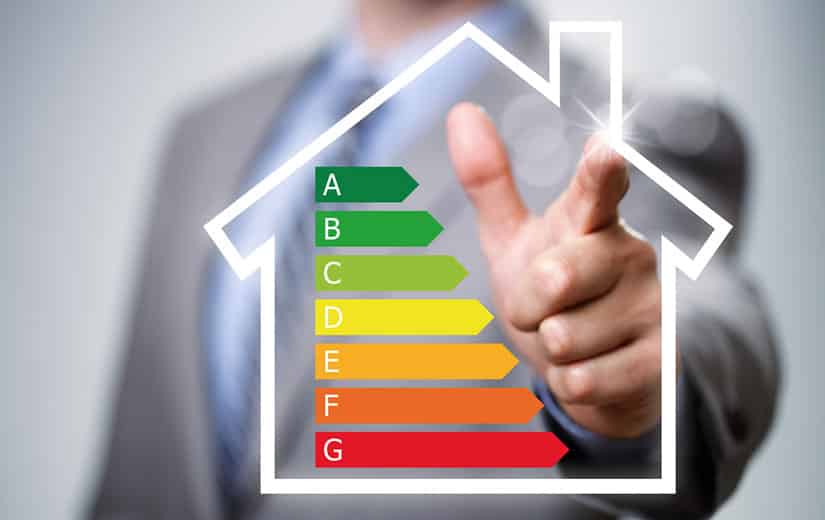There are terms that the French are now used to dealing with. Among them, those of DPE (energy performance diagnosis) and GES (greenhouse gas). More and more concerned about their carbon footprint, the French are looking for solutions to reduce the GHG of a house. And fortunately, there are good gestures to adopt as well as systems. Discover all the solutions to reduce the GHG of your home: insulation, renewable energies, good habits to adopt, heating, etc.
Summary
What is the GHG of a house?
Before seeking to reduce the GHG of a house, it is advisable to know all the specificities.
GHG, for Greenhouse Gas, is a natural phenomenon that allows the Earth to be heated. Rays of the sun will be able to pass through it and be absorbed by natural greenhouse gases. This process allows the planet to maintain an average temperature of 15°C, which is essential for life on Earth. Without GHG, the average surface temperature of the earth would be around -19°C.
At the individual level, in a house, the GES serves as an indication. We also find its trace in the DPE (diagnosis of energy performance). This is an assessment for each dwelling of energy consumption, but also of greenhouse gas emissions. GHG is expressed in kg and CO2/m²/year. A diagnosis can be requested at any time, and it is valid for a period of 10 years.
To know : the GHG label has been mandatory since 2011 in every real estate advertisement, whether it is a rental or a sale. The diagnosis must be carried out during the sale of an existing dwelling, for expansion work, in the event of new construction, for a rental or for a purchase off plan.
Reduce the GHG of a house: the right things to do
To reduce GHG emissions, there are a few good habits to adopt in a home:
- unplug multimedia devices from outlets when not in use;
- check that the refrigerator door closes correctly and that the seals are not worn;
- keep the refrigerator away from heat sources and defrost it regularly;
- only start the dishwasher program if it is full and give preference to eco programmes;
- use an economical program for the washing machine (low temperature wash) and wait until the appliance is full;
- avoid using a clothes dryer which consumes a lot of energy.
Read also: How to reduce your gas bill?
Insulate your home to reduce emissions
It is recommended to properly insulate your home to reduce GHGs. A poorly insulated home loses up to 25% of heat.
There are areas to be treated as a priority to insulate your home, fight against thermal bridges and therefore heat loss. Thus, thanks to the insulation of your house, you will save energy (your bills will be affected) and the thermal comfort of the accommodation will be improved.
Start by insulating the walls, major sources of heat loss. You can also insulate the ground (floor) as well as the ceiling (attic). If the garage is attached to a room in the house, also consider insulating it.
Finally, do not neglect the insulation of joinery (doors and windows). If necessary, change them or have the double glazing fitted.
Advice : for the insulation of your home, use biosourced materials instead. This limits the carbon footprint of the accommodation. Of plant or animal origin, these types of materials meet environmental criteria. As natural insulators, for example, there is hemp, flax, straw or even cork.
Choose a more ecological heating mode to reduce the GHG of your house
Heating remains a very important item of expenditure. In addition, it is one of the elements at the origin of the carbon footprint. Given that CO2 emissions vary according to the energy used, it is essential to choose the right heating method.
According to Ademe, the CO2 emissions for an energy consumption of 15,000 kWh/year are:
- 4.50 tonnes for oil heating;
- 4.10 tons for a propane heater;
- 3.50 tonnes for natural gas heating;
- 3.15 tonnes for electric heating;
- 0.63 tons for a pellet stove.
To reduce the GHG of a house, it is advisable to opt for a less emissive heating mode such as the heat pump. It is also better to choose recent labeled models.
Limit your electricity consumption to reduce the GHG of a house
Even though electricity emits less CO2 than natural gas or fuel oil, its carbon footprint should make you think. It is advisable to select more efficient electrical appliances. Class A+++ household appliances consume on average 20 to 50% less than an appliance classified A+.
On the other hand, in terms of lighting (12% of electricity consumption according to Ademe), it is better to turn to LED bulbs. They consume little and are long-lasting. This will save you energy over the long term.
Finally, to consume less hot water and reduce your ecological impact, remember to set your water heater between 55 and 60°C. Also shorten your showers (preferable to the bath) and use water-saving equipment such as aerators or water-saving shower heads.
Read also: Insulation: work needed?
How to reduce the GHG of a house with renewable energies?
The most effective way to reduce greenhouse gas emissions is to use renewable energies. A few gas and electricity suppliers offer certified 100% renewable energy contracts.
France plans to produce 32% of renewable energy by 2030. This is encouraging, but there is still progress to be made when we know that only 5% of French people subscribe to a green offer. This reluctance is partly explained by the price charged by certain suppliers. In general, renewable energy contracts remain higher than traditional deals.
Read also : What temperature in a house?




